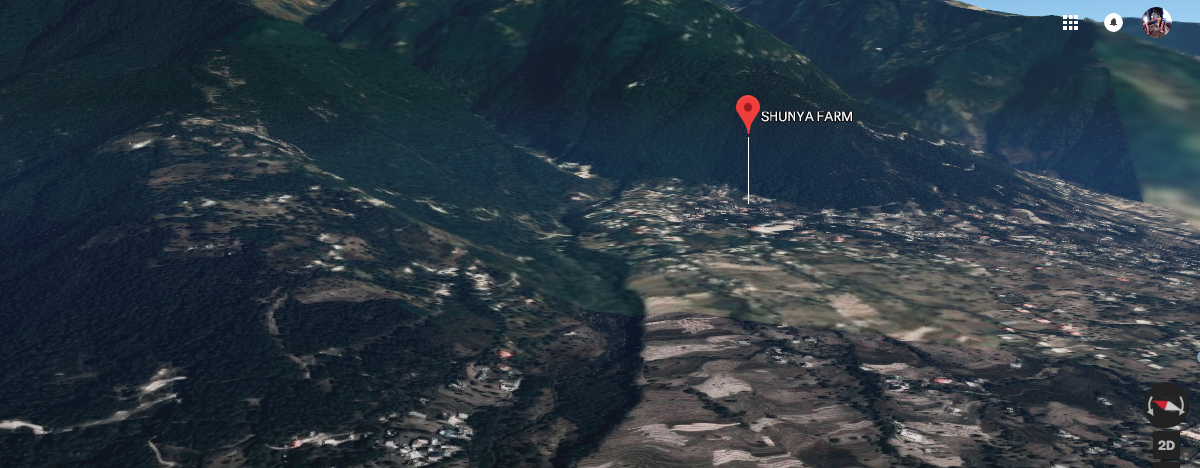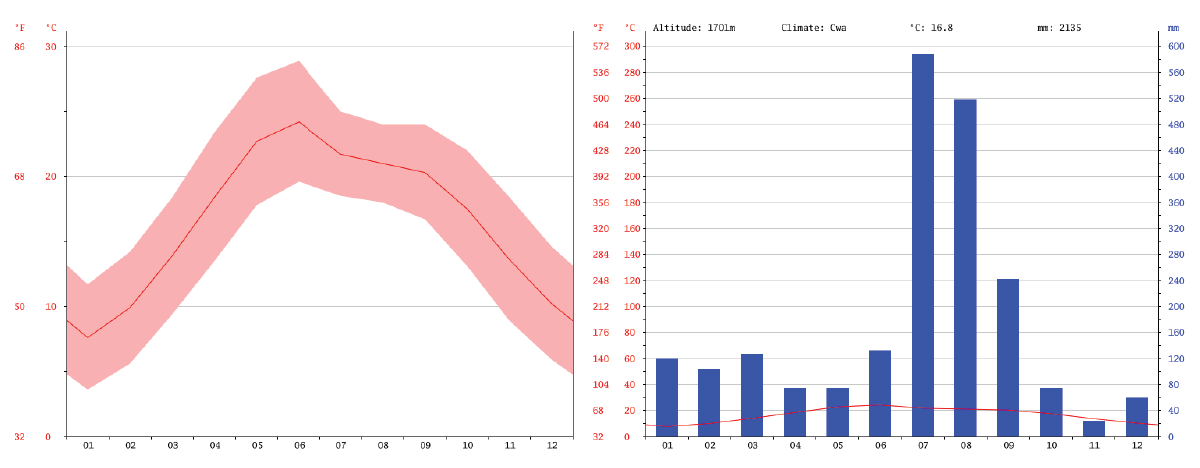
Bir is located in the Dhauladhar ranges at the foothills of the western Himalayas in Himachal Pradesh, India at 1600 m above mean sea level.

http://bis.iirs.gov.in/maps.php
The rivers of Chenab (orig. Baralacha, HP), Ravi (orig. Bara Banghal, HP), Beas (orig. Rohtang Pass, HP), Satluj (orig. Mansarovar, Tibet) and Yamuna (orig. Yamunotri, Uttarakhand) form the major drainage system of Himachal Pradesh with many tributaries, rivulets and reservoirs. The complex and abundant river system of Himachal has allowed multiple small and large hydro power projects in the region.
Bir falls in the Beas river watershed in the Joginder Nagar valley in Kangra district.
With about 1000-1200 people (851 according to 2011 census), Bir is a growing mountain village where people and communities have and continue to migrate from various places near and far. It has its mysteries and myths too, some still linger as surprising facts and some have been forgotten as folklore.
The thriving tourism for sightseeing and adventure, a steadily growing community of people moving from the cities, the evolving relationships of land and community, a Tibetan settlement with several Buddhist monasteries in and around the area, and the Dhauladhars in the north, make Bir a very special and interesting place.


Shunya farm is located in the upper part of Bir, facing south and covering about 0.75 acres of land.
CLIMATE
The weather here can be described as Subtropical Highland or Temperate (r. Koeppen).
Being on the southern slope of the mountains and due to local microclimate, it experiences heavy rains in months of July- September. The north-eastern winds bring some showers in Dec-Jan, totaling the annual rainfall to over 2000 mm.
Being in the sub-tropics, the seasons here are fairly pronounced with annual average temperatures of 30 deg. C. (max) in June and 1 deg. C. (min) in January.

www.meteoblue.com

en.climate-data.org
WATER
In Himachal Pradesh, water is distributed from streams and rivers to farmlands through channels called kuhl. The farm has access to freshwater from the village stream through a kuhl. The water can be diverted into this kuhl when needed. Villagers have an understanding of sharing the water when it is most needed in the summer months.
We are working towards infiltrating rainwater through trenches, swales, developing soil structure and retaining soil moisture to minimise irrigation needs.
About the Kuhls and Kohlis of Himachal Pradesh:
http://www.indiawaterportal.org/articles/kuhl-kohli-and-lost-tradition
SOIL
The soils in this region are newly formed (during the last 6 – 70 million years, tertiary rock) and are composed mainly of fine clays. Due to the cold climate, the decomposition of organic matter is slow which favors forest covers rich in fungal dominated soils.
The soil is generally clayey in upper Bir while lower Bir has sandy-loamy soils.
The soil on the majority of shunya farm is clayey.
FORESTS
The natural biodiversity is rich in flora and fauna, much like everywhere in the western Himalayas. The high rainfall lends Bir a distinct character, though.
The forests in Bir have been categorised as montane-subtropical where a mix of evergreen and coniferous trees support a diverse understory.
AGRICULTURE
The agricultural land in Bir is terraced. Farmers grow rice and corn in the Kharif season and wheat and barley in the Rabi season. All the land is tilled by a tractor before the season, the seeds are broadcasted by hand and the tractor passes again over the land pushing the seeds inside. Harvesting is done manually, often by the entire family or groups of families. Mechanical threshers are called from around in the season, making the process easier and time efficient. Every household has a small patch of garden around their house where they grow seasonal vegetables- onion, garlic, mustard, spinach, radish in winters, beans, capsicum, chili, tomato, eggplant, cucumber, pumpkins in the summer monsoon season.
More about Bir on http://birhp.com/about-bir/history-of-bir/
